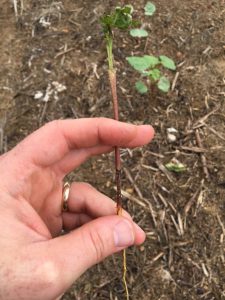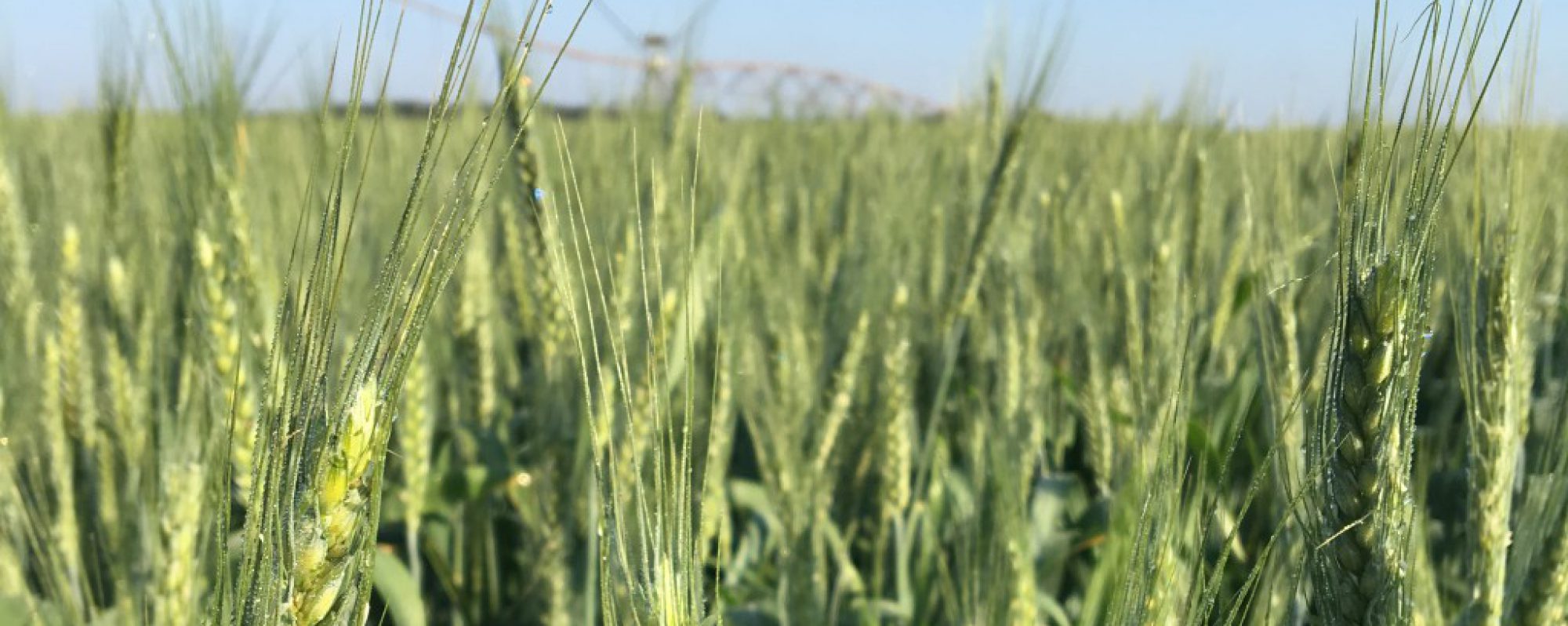This is a really big week for us in the field, not only with planting but with rain and subsequent disease. We are seeing some seedling disease in Wilcox County but definitely less than 3%. Here is a row crop disease update from UGA Extension Pathologist Dr. Bob Kemerait:
- To date, no soybean rust has been found this year in Georgia.
- To date, no southern corn rust has been found this year in Georgia. (We have found a small amount of common rust, which is not a concern for growers.)
- We have had reports of northern corn leaf blight being found in counties such as Seminole and Terrell. Northern corn leaf blight CAN be a problem, especially when a grower plants a susceptible variety and weather conditions are favorable. (Weather conditions are favorable now.) Growers DO NOT NEED to treat for northern corn leaf blight if they only find a few lesions (long, cylindrical, grey, cigar-shaped lesions) here and there. BUT if the lesions are commonly present on lower leaves, then treatment with a fungicide is important to consider. (I have made poor decisions before and was afraid to spend the grower’s money…) Treatment, if needed, for northern corn leaf blight is best achieved applying fungicides before tassel (perhaps as early as V6-V10) and using products with mixed-modes of action.
-

Cotton seedling disease Rhizoctonia seedling blight is a common problem on our cotton right now and significant stand loss has occurred. Jason Brock showed me cotton samples yeterday from Colquitt, Cook and Turner Counties with nearly 100% pure cultures of Rhizoctonia recovered from diseased seedlings. I believe that Rhizoctonia “soreshin” could be especially problematic now because A) the seedlings were stressed significantly by the hot and dry conditions two weeks ago and then B) suddenly exposed to cooler and much wetter conditions. There is not treatment for Rhizoctonia seedling disease on cotton once the seed is planted and furrow covered.
There is a high probability of wet weather continuing across the state for the rest of the week and into Memorial Day. The most important consideration now is for our corn. To spray, or not to spray…..
Reasons why we are at increased risk to disease (e.g., southern corn rust):
- The low pressure system is bringing moisture out of the Gulf, moisture and winds that could be carrying spores of southern corn rust (and soybean rust).
- The rainfall and wet weather has created conditions for development and spread of rust. These same conditions also make it difficult to apply fungicides.
- Some of the earliest-planted corn is approaching “tassel” stage, a growth stage when growers often consider an application of fungicide.
Reasons why the risk to corn diseases is not as high as it might be:
- Southern rust has not yet been found in the state.
- Earliest planted corn (that approaching tassel) often “escapes” southern rust that greatly affects later plantings.
Take Home Message
The risk to southern corn rust, even with the wet conditions, is not high enough to make a general recommendation to apply a fungicide now, even if tassel stage is not far off. However, growers who are very risk-averse may decide to spray anyway, just to make sure. That is not a “wrong” decision, just one to be made depending on how cautious the grower is.
